More than 500 years ago, a 14-year-old girl was taken to one of the peaks of the Andes and sacrificed to the Inca gods. Buried with other offerings, the young girl’s body was naturally mummified, over time preserving her hair, fingernails, and the colorful cords she wore on the last day of her life.
However, over the centuries, the girl's face has been affected by weather factors such as sunlight and snowfall, so some features have disappeared.
The girl's face has now been restored through detailed archaeological analysis and forensic facial reconstruction, the process of reconstructing an individual's face from their skeletal remains using a combination of art, anthropology, osteology and anatomy.
A striking 3D statue of a young girl, known as the Frozen Maiden of Ampato, has become the centerpiece of a new exhibition in Peru and is part of an effort to understand the practice of human sacrifice in the Andes mountains half a millennium ago.
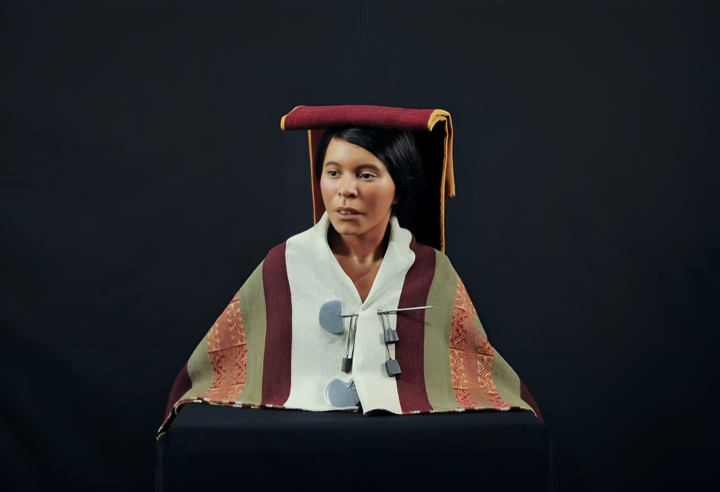
The girl's face was restored through detailed archaeological analysis and forensic facial reconstruction. (Photo: Reuters)
When National Geographic explorer Johan Reinhard came across the mummified remains of a young girl, also known as Juanita, atop the 21,000-foot-high Ampato Mountain during a 1995 expedition, he knew he had discovered something very special.
“At first it looked like a big bundle of cloth,” Reinhard recalled. Then he saw a wrinkled face between the cloth. It was the young victim of a ritual unique to the Incas called capacocha.
Capacocha was an important Inca sacrificial ritual that often involved sacrificing children and animals to the gods to ward off natural disasters, consolidate state power in the outlying provinces of the Inca empire, or simply to curry favor with the gods. Researchers believe that being chosen for sacrifice would have been considered an honor by the child's family and community.
Ruling over a vast territory in western South America along the Pacific coast and the Andes Mountains, the Inca Empire was a powerful and wealthy empire until the Spanish invasion in 1532.
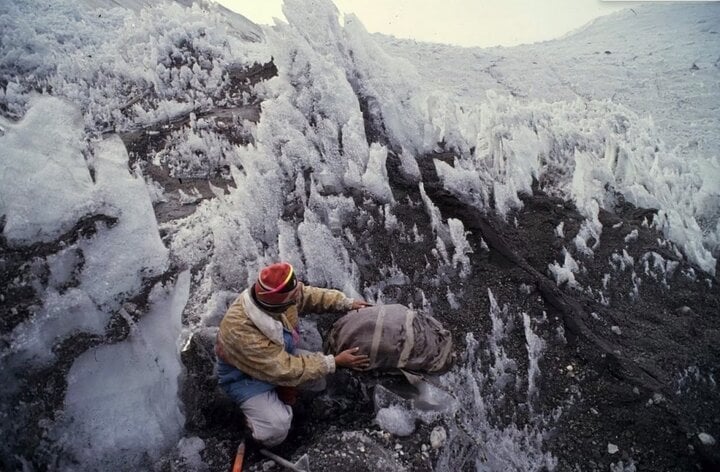
“At first it looked like a big bundle of fabric,” Reinhard recalled. (Photo: National Geographic)
Researchers say naturally mummified bodies often give scientists clues about their final days.
When archaeologist Dagmara Socha of the Center for Andean Studies at the University of Warsaw and her colleagues analyzed the sacrificial victims, a toddler and four children aged six and seven, they found that they had been carefully cared for in the months before their sacrifice, and had been fed a diet of coca leaves, the hallucinogenic ayahuasca grape and alcohol in the weeks before their deaths, in small amounts to keep them calm and free of anxiety.
"We were really surprised. This was not just a brutal sacrifice, the Incas wanted the children to be in a good mood. It was important to them that they would go happily to the gods, " said archaeologist Socha.
Oscar Nilsson, a sculptor and archaeologist, said he would never forget how the Inca Maiden died, even as he brought her to life through his restoration.
"She knows she should smile to show pride. Pride in being chosen. But still very, very scared," said sculptor Nilsson.
Kieu Anh (VOV.VN)
Source



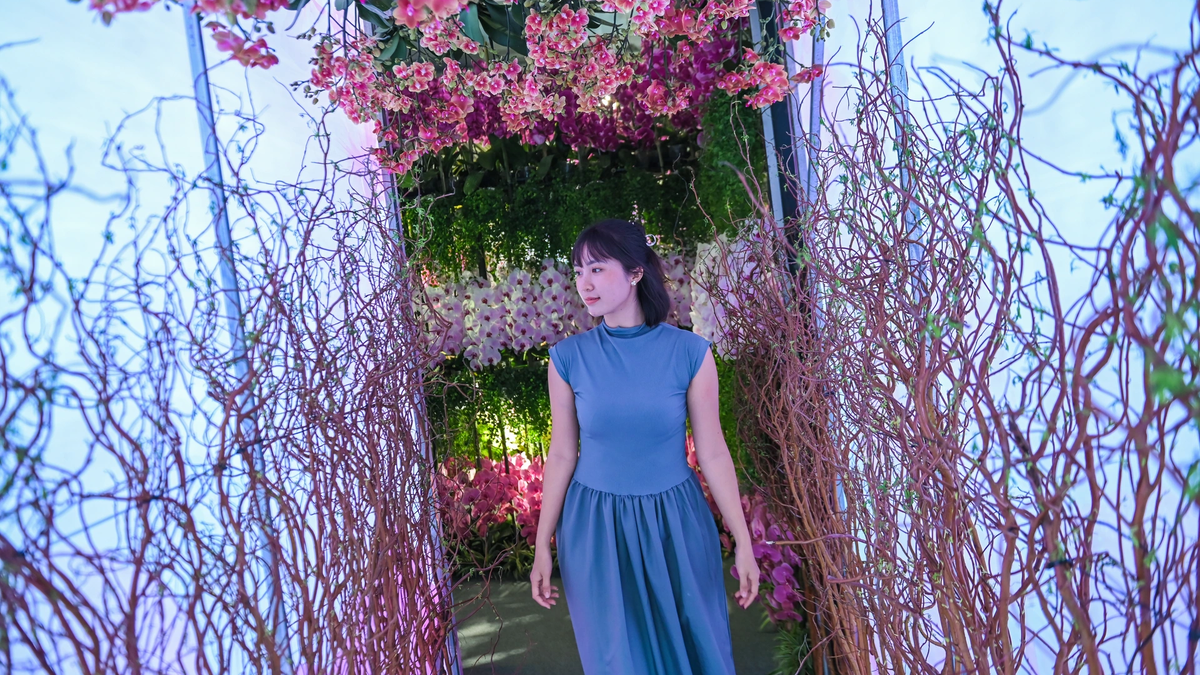

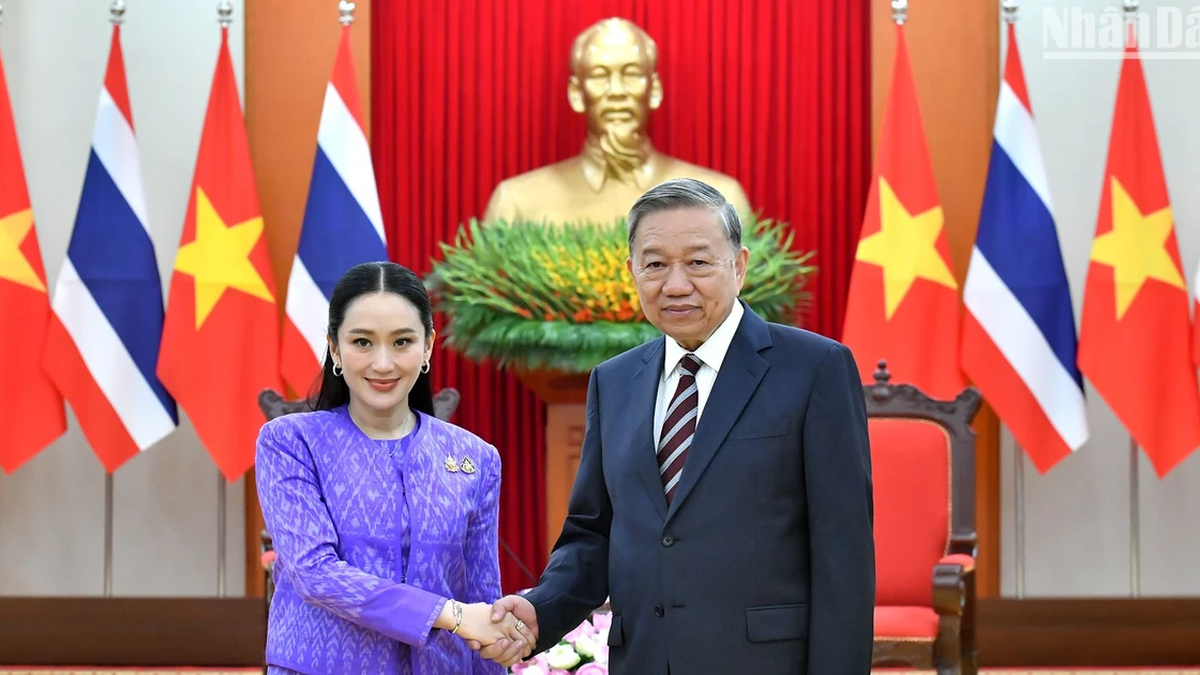
![[Photo] Prime Minister Pham Minh Chinh and Prime Minister of the Kingdom of Thailand Paetongtarn Shinawatra attend the Vietnam-Thailand Business Forum 2025](https://vphoto.vietnam.vn/thumb/1200x675/vietnam/resource/IMAGE/2025/5/16/1cdfce54d25c48a68ae6fb9204f2171a)
![[Photo] President Luong Cuong receives Prime Minister of the Kingdom of Thailand Paetongtarn Shinawatra](https://vphoto.vietnam.vn/thumb/1200x675/vietnam/resource/IMAGE/2025/5/16/52c73b27198a4e12bd6a903d1c218846)
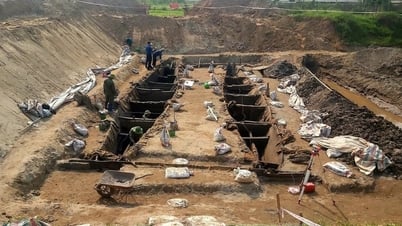

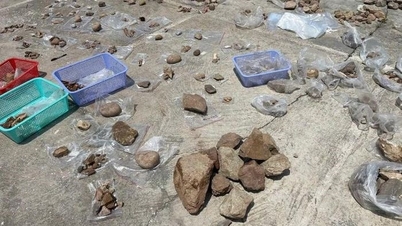

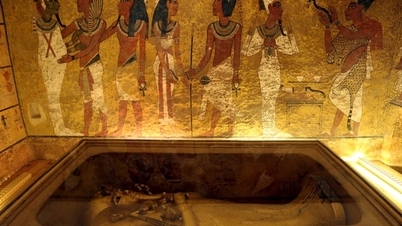

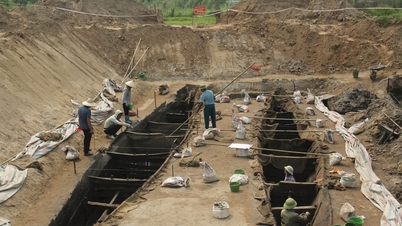

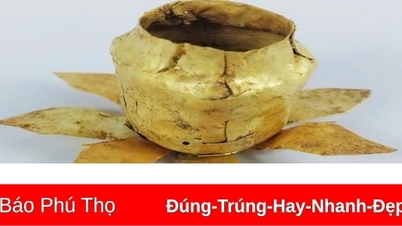




















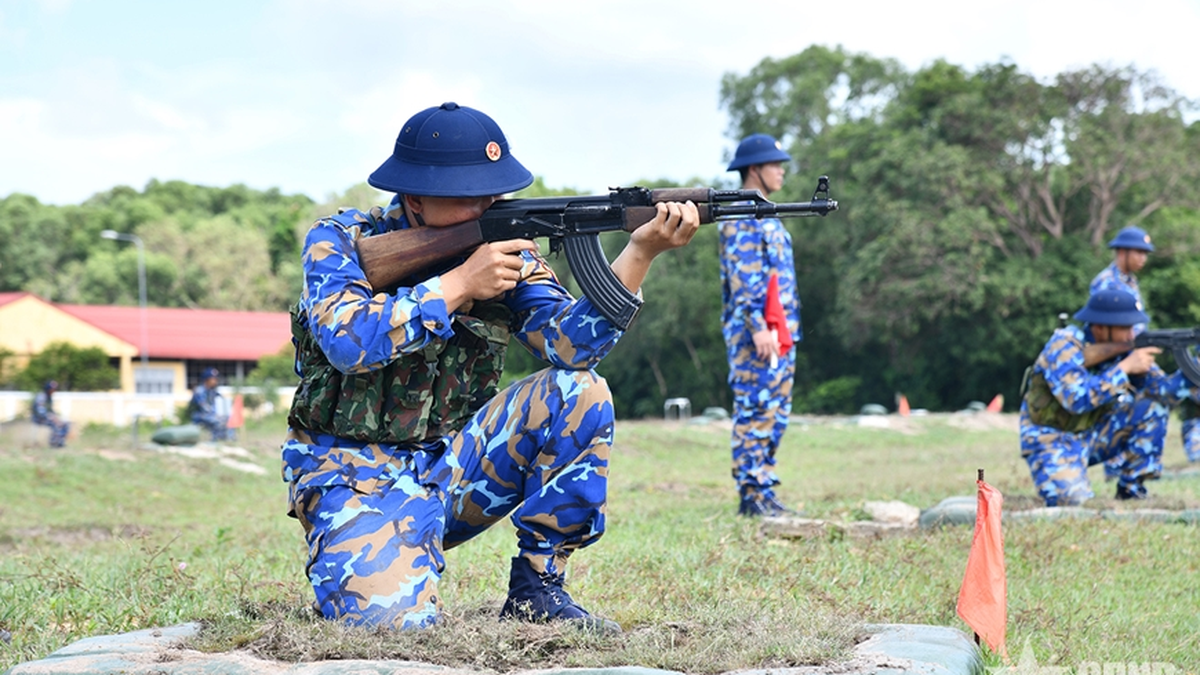
![[Photo] The Prime Ministers of Vietnam and Thailand witnessed the signing ceremony of cooperation and exchange of documents.](https://vphoto.vietnam.vn/thumb/1200x675/vietnam/resource/IMAGE/2025/5/16/935407e225f640f9ac97b85d3359c1a5)

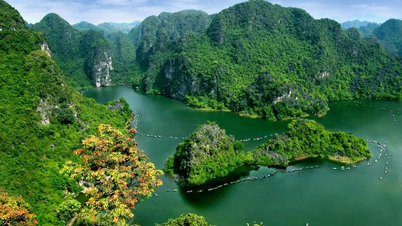
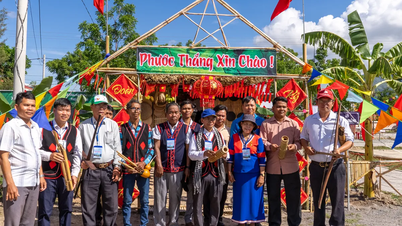

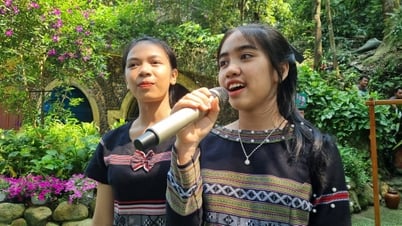



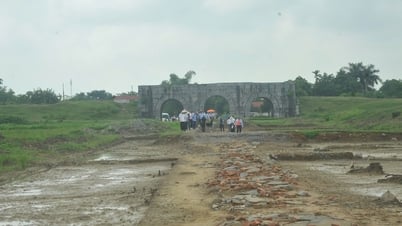




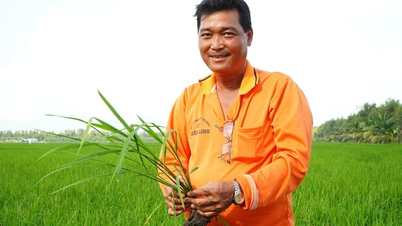

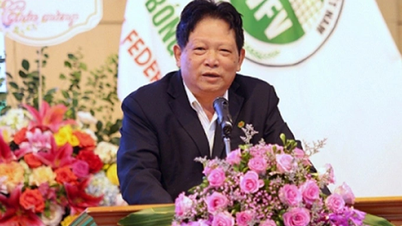
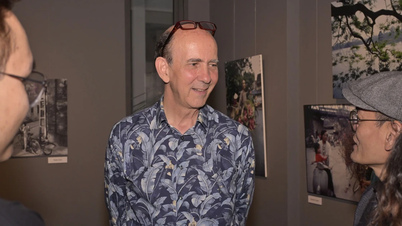
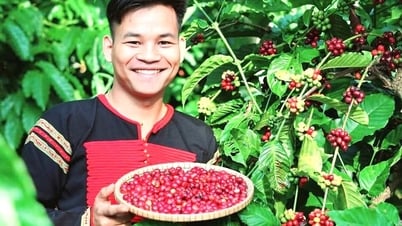








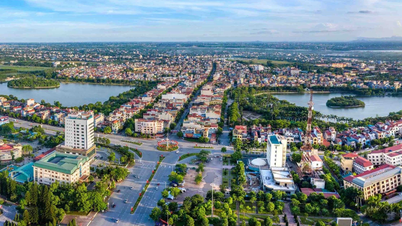






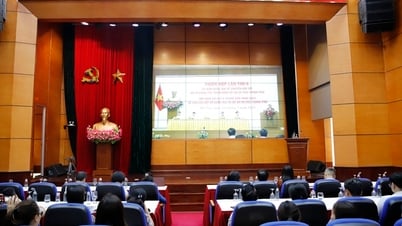





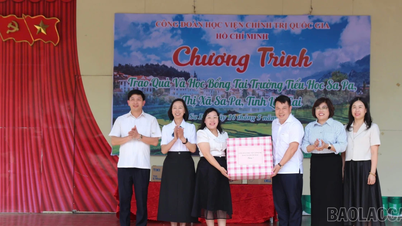

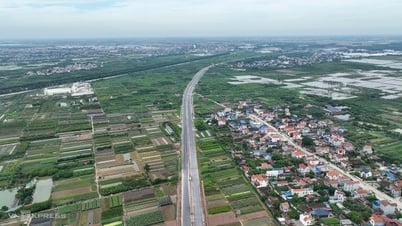





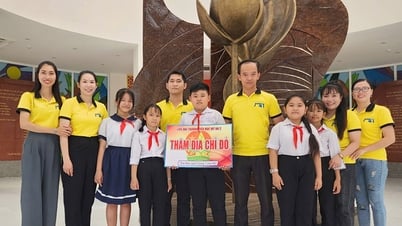




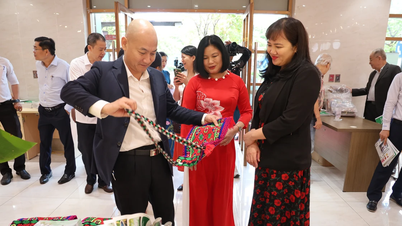


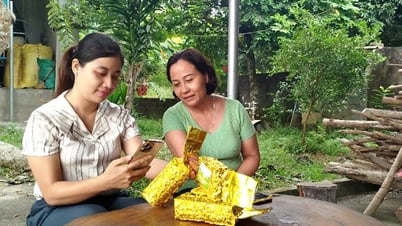

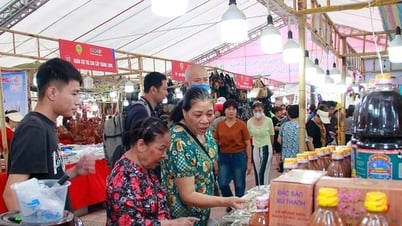



Comment (0)